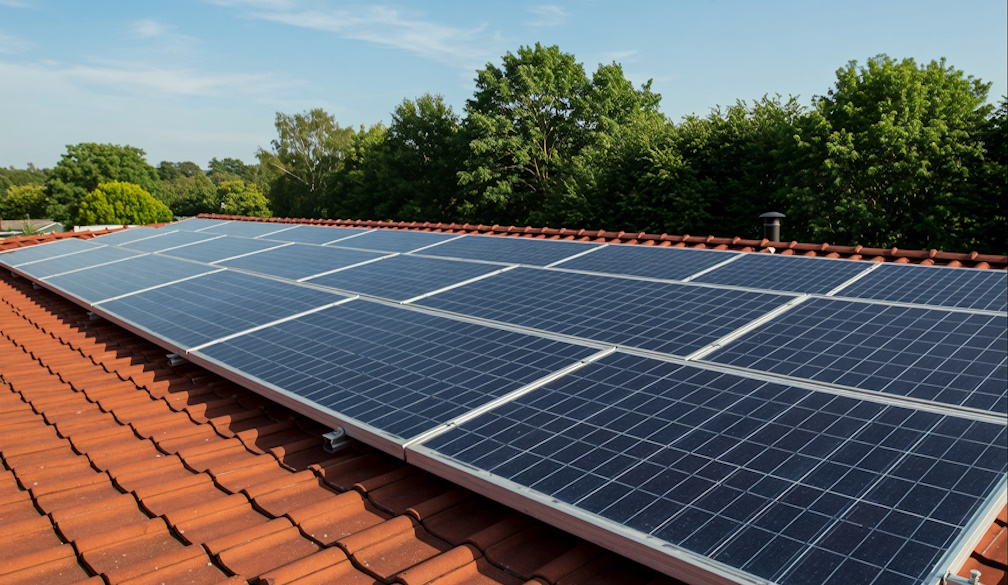Climate explained: why coastal floods are becoming more frequent as seas rise
- Written by James Renwick, Professor, Physical Geography (climate science), Victoria University of Wellington
Climate Explained is a collaboration between The Conversation, Stuff and the New Zealand Science Media Centre to answer your questions about climate change.
If you have a question you’d like an expert to answer, please send it to climate.change@stuff.co.nz
I saw an article claiming that “king tides” will increase in frequency as sea level rises. I am sceptical. What is the physics behind such a claim and how is it related to climate change? My understanding is that a king tide is a purely tidal effect, related to Moon, Sun and Earth axis tilt, and is quite different from a storm surge.
This is a good question, and you are right about the tides themselves. The twice-daily tides are caused by the gravitational forces of the Moon and the Sun, and the rotation of the Earth, none of which is changing.
A “king” tide occurs around the time when the Moon is at its closest to the Earth and Earth is at its closest to the Sun, and the combined gravitational effects are strongest. They are the highest of the high tides we experience.
But the article you refer to was not really talking about king tides. It was discussing coastal inundation events.
Read more: King tides and rising seas are predictable, and we're not doing enough about it
When tides, storms and sea levels combine
During a king tide, houses and roads close to the coast can be flooded. The article referred to the effects of coastal flooding generally, using “king tide” as a shorthand expression. We know that king tides are not increasing in frequency, but we also know that coastal flooding and coastal erosion events are happening more frequently.
As sea levels rise, it becomes easier for ocean waves to penetrate on to the shore. The biggest problem arises when storms combine with a high tide, and ride on top of higher sea levels.
The low air pressure near the centre of a storm pulls up the sea surface below. Then, onshore winds can pile water up against the coast, allowing waves to run further inshore. Add a high or king tide and the waves can come yet further inshore. Add a bit of sea level rise and the waves penetrate even further.
The background sea level rise has been only 20cm around New Zealand’s coasts so far, but even that makes a noticeable difference. An apparently small rise in overall sea level allows waves generated by a storm to come on shore much more easily. Coastal engineers use the rule of thumb that every 10cm of sea level rise increases the frequency of a given coastal flood by a factor of three.
This means that 10cm of sea level rise will turn a one-in-100-year coastal flood into a one-in-33-year event. With another 10cm of sea level rise, it becomes a one-in-11-year event, and so on.
Retreating from the coast
The occurrence rates change so quickly because in most places, beaches are fairly flat. A 10cm rise in sea levels might translate to 30 or 40 metres of inland movement of the high tide line, depending on the slope of the beach. So when the tide is high and the waves are rolling in, the sea can come inland tens of metres further than it used to, unless something like a coastal cliff or a sea wall blocks its way.
The worry is that beaches are likely to remain fairly flat, so anything within 40 metres of the current high tide mark is likely to be eroded away as storms occur and we experience another 10cm of sea level rise. If a road or a house is on an erodible coast (such as a line of sand dunes), it is not the height above sea level that matters but the distance from the high tide mark.
Another 30cm of sea level rise is already “baked in”, guaranteed over the next 40 years, regardless of what happens with greenhouse gas emissions and action on climate change. By the end of the century, at least another 20cm on top of that is virtually certain.
Read more: Our shameful legacy: just 15 years' worth of emissions will raise sea level in 2300
The 30cm rise multiplies the chances of coastal flooding by a factor of around 27 (3x3x3) and 50cm by the end of the century increases coastal flooding frequency by a factor of around 250. That would make the one-in-100-year coastal flood likely every few months, and roads, properties and all kinds of built infrastructure within 200 metres of the current coastline would be vulnerable to inundation and damage.
These are round numbers, and local changes depend on coastal shape and composition, but they give the sense of how quickly things can change. Already, key roads in Auckland (such as Tamaki Drive) are inundated when storms combine with high tides. Such events are set to become much more common as sea levels continue to rise, to the point where they will become part of the background state of the coastal zone.
To ensure cities such as Auckland (and others around the world) are resilient to such challenges, we’ll need to retreat from the coast where possible (move dwellings and roads inland) and to build coastal defences where that makes sense. The coast is coming inland, and we need to move with it.
James Renwick receives funding from the Marsden Fund and from the NZ Ministry for Business, Innovation and Employment to study climate variability and change. He is affiliated with Ekos (ekos.org.nz) and the TrackZero Trust (www.trackzero.nz) as a Board member of both organisations. He is also a member of the Green Party of NZ.
Authors: James Renwick, Professor, Physical Geography (climate science), Victoria University of Wellington





















